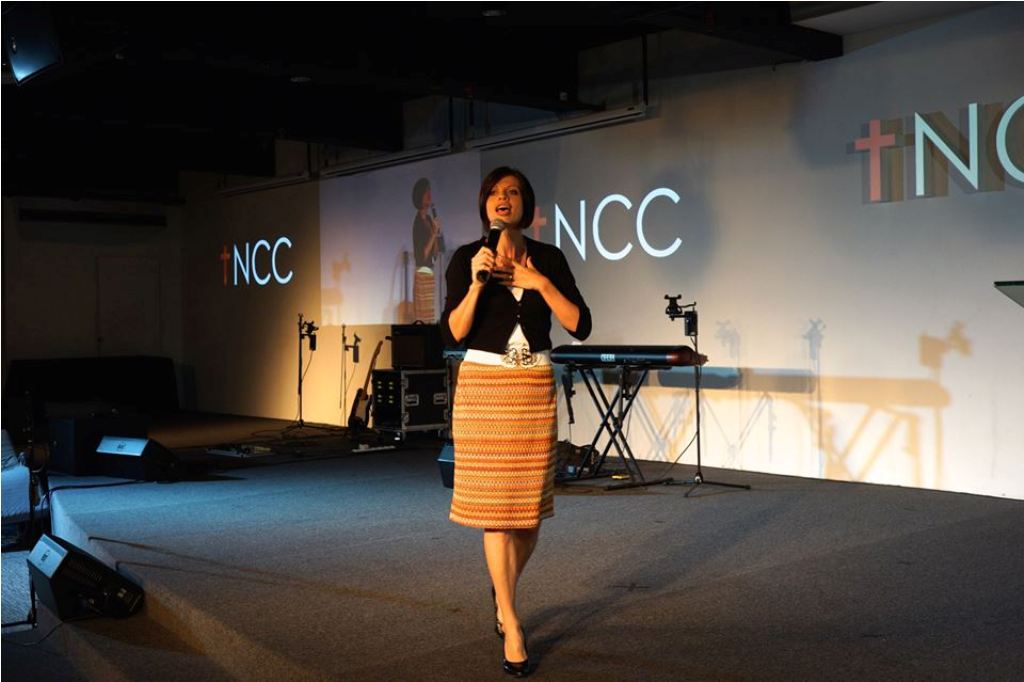
For centuries, Christians called the day between Jesus’s death and resurrection Holy Saturday. For many of us, however, the day has become just another normal Saturday. We may have some sober reflections on Good Friday, but by the next morning we are buying groceries, cleaning the house, and getting ready for an Easter celebration. After all, Jesus knew he would be raised, and we all know what’s coming. So why not get on with the joy?
The problem is that Scripture tells the story differently. The Father did not raise Jesus directly from the cross. There was a day in between. A pause. A spacer. At the center of the earliest summary of the gospel, there sits the silence of Holy Saturday. Paul wrote to the Corinthians, “I delivered to you as of first importance what I also received: that Christ died for our sins in accordance with the Scriptures, that he was buried, that he was raised on the third day . . .” (1 Corinthians 15:3–4). First importance! Died. Buried. Raised — but not until the third day. Why so long? What’s the meaning of this dead-stop Saturday? What does it matter to us to mark this silent Sabbath?
A reliable way to realize the importance of Holy Saturday is to approach it through the perspective of the first disciples. Every year, many of us sing, “Were you there when they crucified my Lord?” We enter the story through the characters of the Passion narrative and, indeed, it causes us to tremble. On Easter, many of us rise to sing, “Jesus Christ is risen today!” even though it’s now 2020. We feel the burning hearts of his disciples on the Emmaus road, or the tearful joy of Mary, and know Easter to be our story as well. So once we grant the historical reality, the narrative necessity, of Holy Saturday, we can approach its meaning in the same way, through those who were there.
What Happened on Holy Saturday?
Jesus predicted this day when he said, “Just as Jonah was three days and three nights in the belly of the great fish, so will be the Son of Man in the heart of the earth” (Matthew 12:40). A quick look at Jonah’s prayer reveals, “Out of the belly of Sheol, I cried, and you heard my voice. . . . I went down to the land whose bars closed upon me forever” (Jonah 2:2, 6). After Jesus’s human body expired on the cross, his human soul entered the realm, or state, of departed spirits.
Known in Hebrew as Sheol, and in Greek as Hades, this was a disembodied state of shadowy existence. (This Hades is not the same as the hell which is the “lake of fire” in Revelation 20:10, 14–15). Scripture describes it as under the deepest sea (Jonah 2:3), or in the heart of the earth (Deuteronomy 32:22), and so it is also described as the abyss (Romans 10:7) or even the pit (Psalm 30:3). These scriptural descriptions are written as poetic allusions because the living can only speculate about this unseen realm. In Sheol, one is conscious but isolated, cut off from the worshiping community, forgotten by the living, without hope of returning. This was death, and Jesus entered it. Thirty-five times in the New Testament we read that Jesus was raised ek nekron, literally “out from dead” — out of the state of death and the lonely company of the dead ones.
This is an article from the Christian website desiringgod.com. You can access the full article at https://www.desiringgod.org/articles/the-day-jesus-stayed-dead
|Share The Good News|




Leave a Reply